Senator Padilla and Western Senators Introduce Fix Our Forests Act to Reduce Wildfire Risk
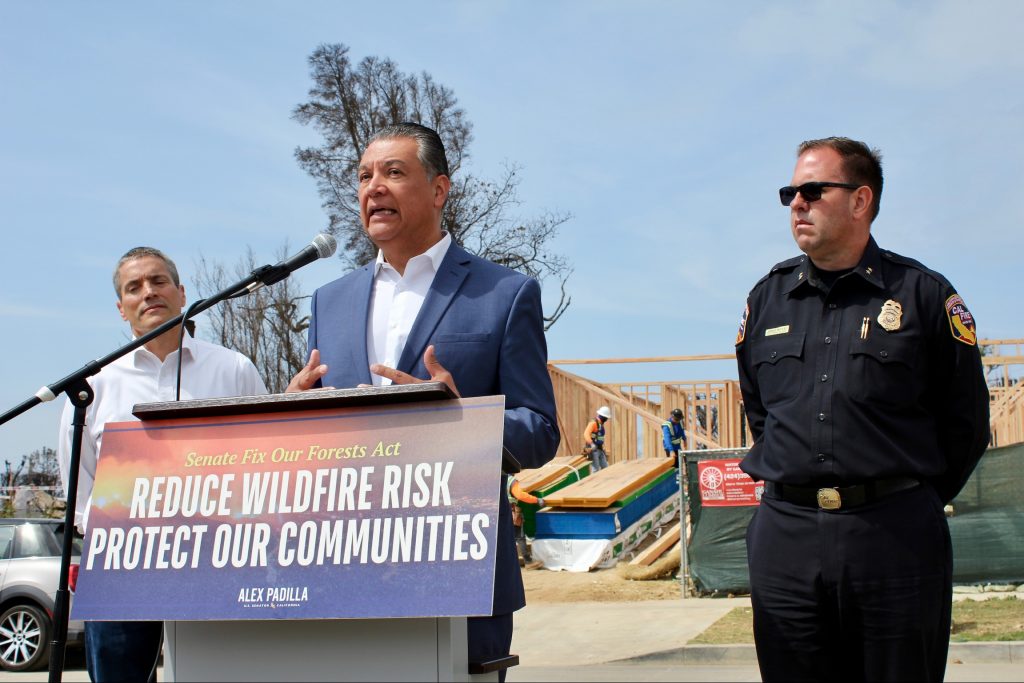
Senator Padilla and Western Senators Introduce Bipartisan Fix Our Forests Act to Reduce Wildfire Risk
April 11, 2025 – U.S. Senator Alex Padilla (D-Calif.), co-chair of the bipartisan Senate Wildfire Caucus and Senators John Curtis (R-Utah), John Hickenlooper (D-Colo.), and Tim Sheehy (R-Mont.) introduced the Fix Our Forests Act. This bipartisan legislation aims to combat catastrophic wildfires, restore forest ecosystems, and make federal forest management more efficient and responsive. The bill reflects months of bipartisan negotiations to find consensus on how to best accelerate and improve forest management practices, streamline environmental reviews, and strengthen partnerships between federal agencies, states, tribes, and private stakeholders. Key provisions specific to California include:
-
- Establishing a Wildfire Intelligence Center to serve as a national hub for wildfire intelligence, prediction, coordination, and response. This joint office would be comprised of the Departments of Agriculture, the Interior, and Commerce that is modeled after the National Weather Service. The center would modernize and unify wildfire management by leveraging real-time data, science, and interagency collaboration to better prepare for wildfires, assist with decision-support during a crisis, inform recovery, and streamline federal wildfire response.
-
- Establishing an interagency program to coordinate federal wildfire risk reduction efforts across 10 federal agencies through research, development of fire-resistant construction standards, hazard mitigation, and public-private partnerships. The program would provide a uniform application for multiple wildfire-related grants, streamline technical assistance, and mandate coordination with non-federal stakeholders.
-
- Increasing the use of prescribed fire on both federal and non-federal lands by prioritizing large, cross-boundary projects near wildland-urban interfaces, Tribal lands, high-risk fire zones, or critical habitats. It also strengthens the prescribed fire workforce by streamlining supervisory certification requirements and enhancing interoperability between federal and non-federal practitioners.
-
- Allowing electric utilities with permits or easements on National Forest System or BLM land to cut and remove vegetation near power lines without requiring a separate timber sale (if done in compliance with applicable plans and environmental laws). If the vegetation is sold, proceeds must be returned to the federal government.
-
- Streamlining land management projects by authorizing emergency authorities to increase the pace and scale of wildfire risk reduction projects on federal land. It includes appropriate guardrails to avoid abuse of these authorities and prohibits using emergency authorities for projects not aimed primarily at reducing wildfire risk or protecting communities. This would Increase the acreage limit of streamlined projects for wildfire resilience projects, fuel breaks, and insect and disease projects from 3,000 acres to 10,000 acres.
California Signs Cultural Burning Agreement with Karuk Tribe
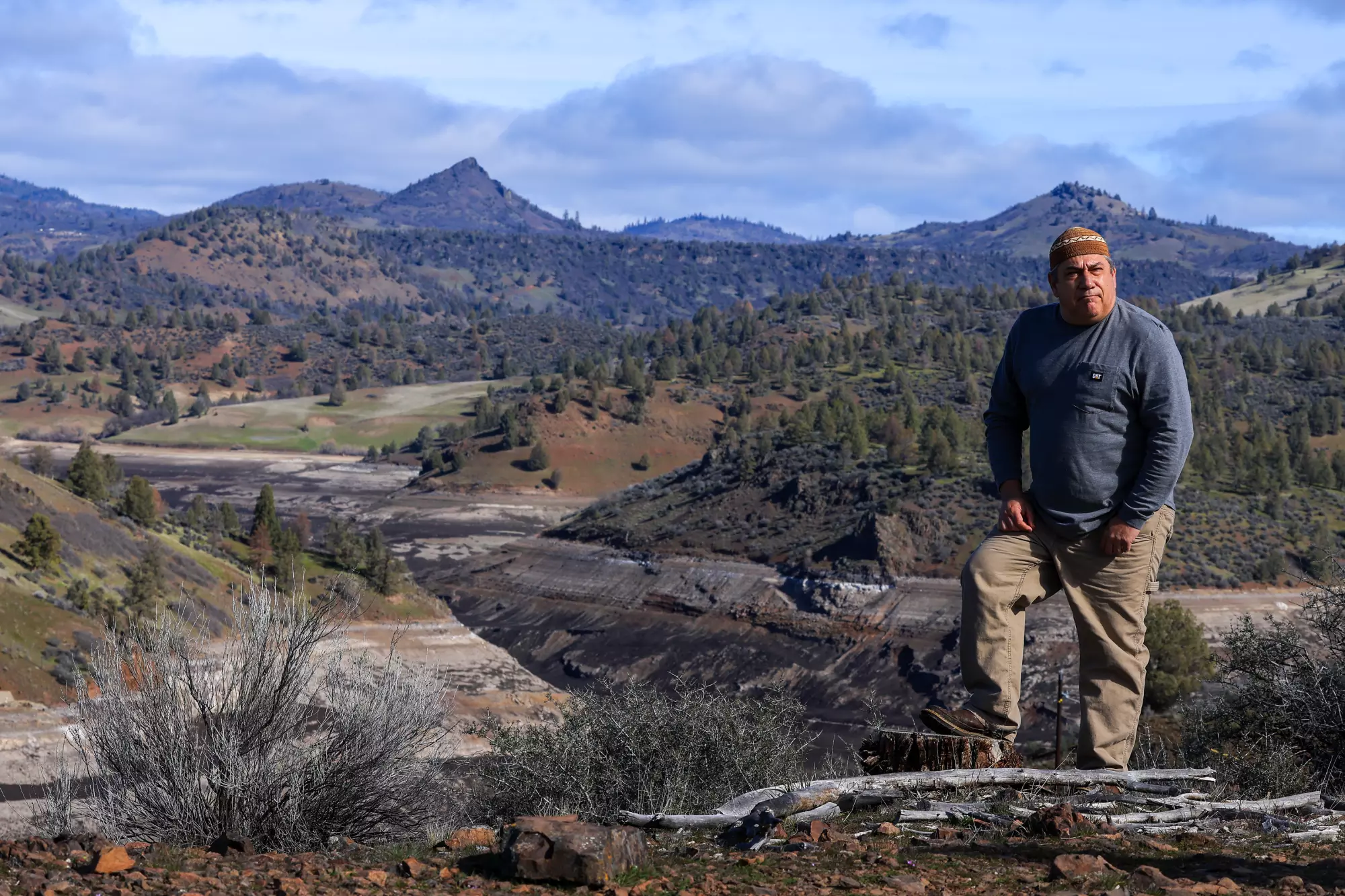
California Advances Wildfire Resilience and Honors Tribal Sovereignty Through Cultural Burning Agreement with the Karuk Tribe
March 7, 2025 – The Karuk Tribe and the California Natural Resources Agency (CNRA) have entered into a historic agreement as part of CNRA and CalEPA’s announcement that SB 310 is now in effect. This legislation and agreement acknowledges tribal sovereignty and addresses historical injustices while contributing to the mitigation of catastrophic wildfire by enabling CNRA and local air districts to enter into agreements with federally recognized California Native American tribes to support them in conducting cultural burns in their ancestral territories. For more information, read the FAQ on SB 310.
CNRA will be hosting a webinar about the landmark cultural burn agreement with the Karuk Tribe and SB 310 on April 1, 2025 at 1pm.
Senator Padilla Introduces Three Bipartisan Bills to Bolster Fire Resilience and Proactive Mitigation Efforts

Senator Padilla Introduces Three Bipartisan Bills to Bolster Fire Resilience and Proactive Mitigation Efforts
On February 3, U.S. Senator Alex Padilla (D-Calif.) introduced a package of three bipartisan bills to bolster fire resilience and proactive mitigation efforts. The package includes:
• Wildfire Emergency Act— Would reduce the threat of destructive wildfires through forest restoration, firefighter training, energy resilience retrofits, and wildfire-hardening home modifications in low-income communities. Specifically, the legislation would:
-
-
- provide the U.S. Forest Service (USFS) with a pilot authority to leverage private financing to increase the pace and scale of forest restoration projects;
- authorize funding for programs to expand the forest conservation and wildland firefighting workforce;
- establish an energy resilience program at the U.S. Department of Energy (DOE) to ensure that critical facilities remain active during wildfire disruptions, authorizing up to $100 million for necessary retrofits;
- expand an existing DOE weatherization grant program to provide up to $13,000 to low-income households to make wildfire-hardening retrofits;
- expedite the placement of wildfire detection equipment on the ground, such as sensors or cameras, as well as the use of space-based observation;
- establish a prescribed fire-training center in the West and authorize grants to support training the next generation of foresters and firefighters; and
- authorize up to $50 million to support community grants of up to $50,000 for locally focused land stewardship and conservation.
-
• Fire-Safe Electrical Corridors Act— Would allow the USFS to approve the removal of hazardous trees near power lines on federal lands without requiring a timber sale, thereby easing the removal of hazardous trees, and reducing the risk of catastrophic wildfire. This would allow the USFS to provide standing permission for electrical utilities to cut and remove hazardous trees near power lines within existing rights-of-way without requiring a timber sale. Utilities would be required to return any proceeds to the USFS.
• Disaster Mitigation and Tax Parity Act— Would further incentivize homeowners to proactively protect their homes from disasters by providing a tax exemption on payments from state-based programs. Specifically, the bill excludes qualified catastrophe mitigation payments made under a state-based catastrophe loss mitigation program from gross income calculations.
Survey Open to Collect Input from Landowners on Prescribed Burning
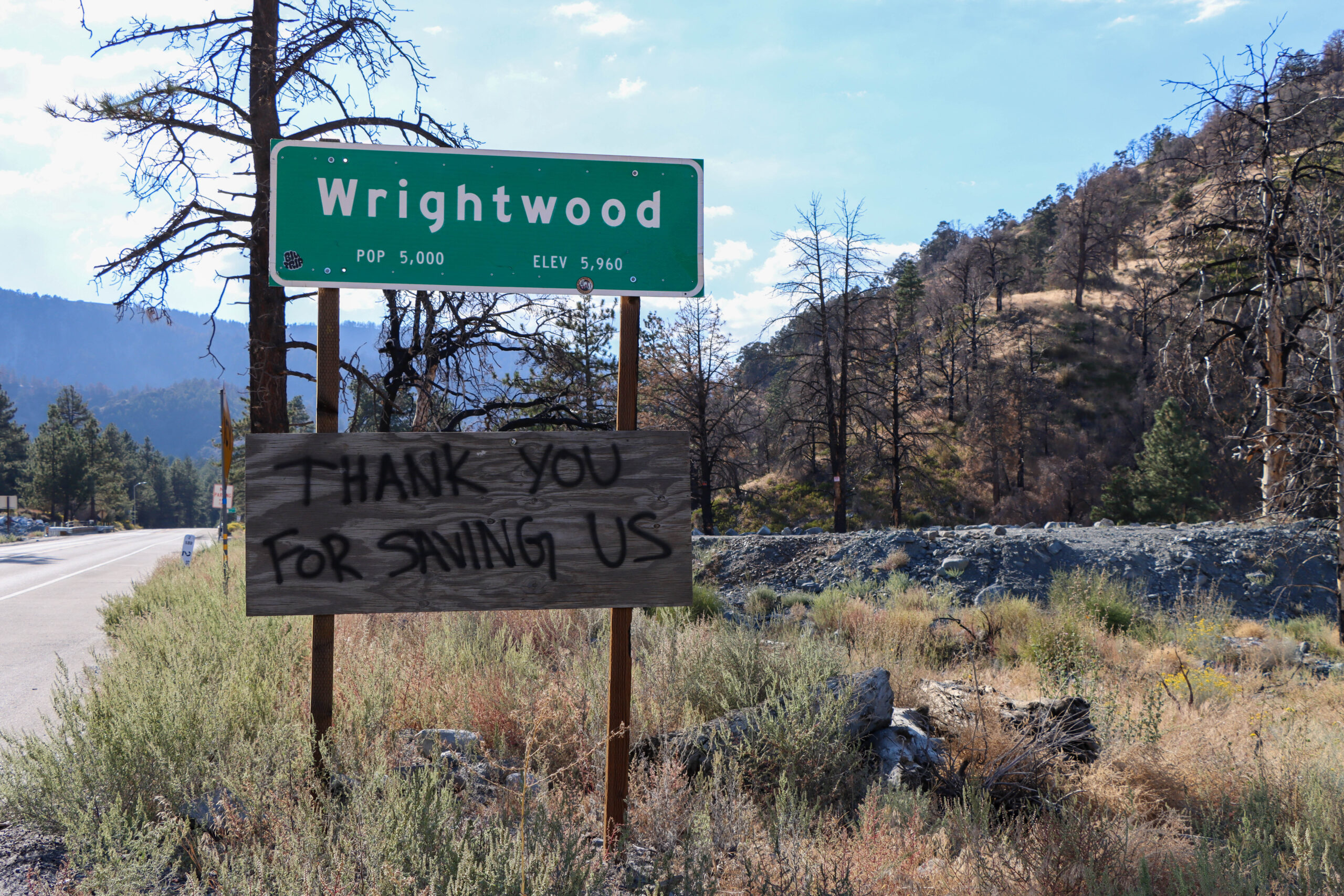
Survey Open to Collect Input from Landowners on Prescribed Burning
In collaboration with the University of California Cooperative Extension, Pennsylvania State University is conducting a survey to better understand private landowner perspectives and potential intentions to use planned burning in California. The objectives of this project are to:
•Evaluate private forest landowners’ attitudes towards prescribed fire in California.
•Identify barriers and opportunities for prescribed fire adoption in the state.
•Develop tailored support strategies for California landowners.
•Assess the influence of policy and environmental factors on prescribed fire use in California.
See Highlights From a Busy Year for the Task Force
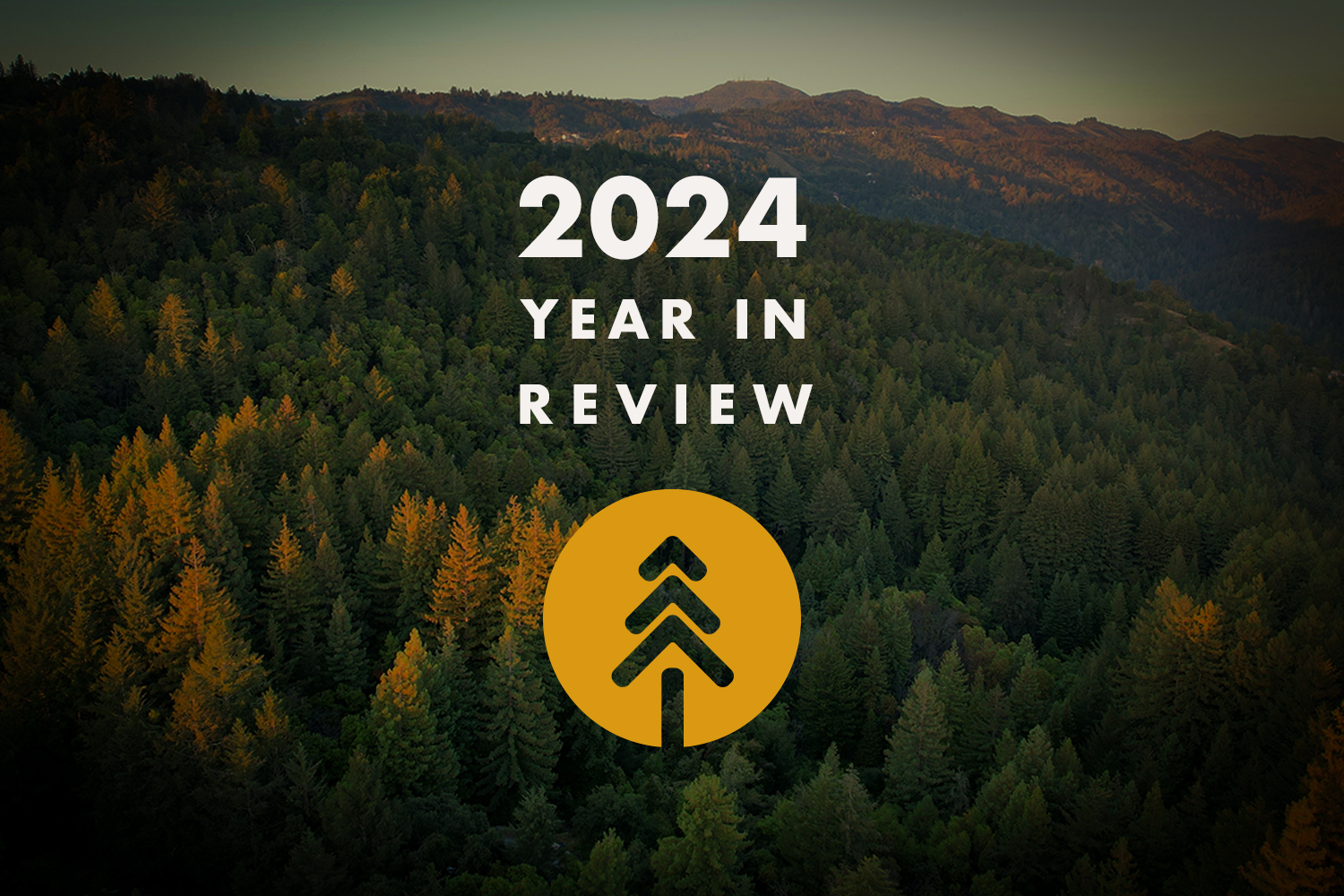
ADVANCEMENTS IN MEASURING PROGRESS

Interagency Treatment Dashboard Shows Progress Toward Resilience
The updated Dashboard shows three years of data with treatments on 700,000 acres in 2023 and prescribed fire acres more than doubling between 2021 and 2023.
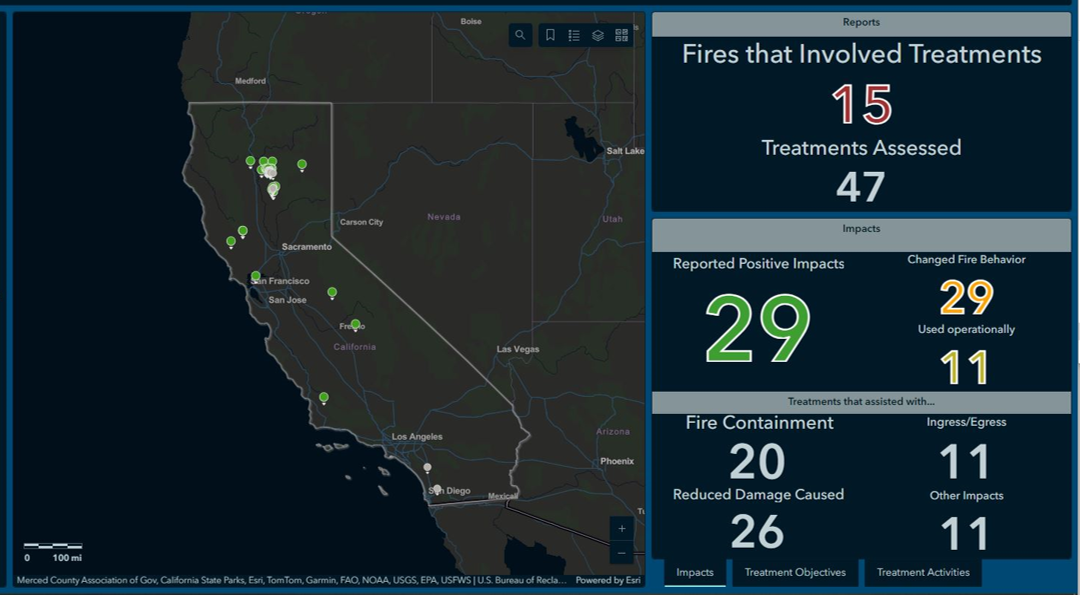
New CAL FIRE Dashboard Shows Effectiveness of Fuels Treatments
The dashboard shows on-the-ground projects protecting communities and landscapes from recent wildfires.
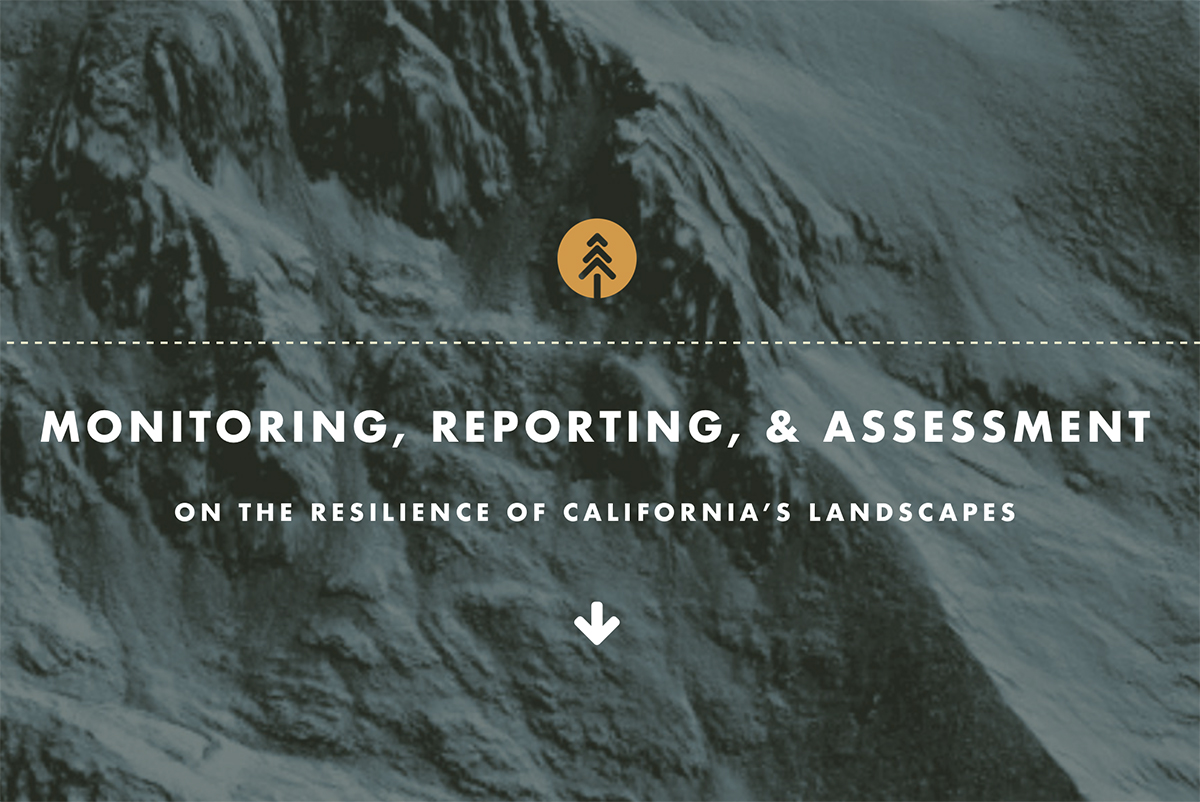
New Webpage Brings Together California’s Wildfire and Landscape Resilience Monitoring and Assessment Programs
Centralized resource provides detailed information on California’s various monitoring and assessment programs to understand the complementary relationship between these efforts.
ABOUT THE TASK FORCE
The California Wildfire & Forest Resilience Task Force was created by the Office of Governor Gavin Newsom to directly confront the near perfect storm of climatic and human-caused conditions that have brought the threat of devastating wildfire and its far-reaching effects to the doorstep of nearly everyone in our state, and beyond.
The Task Force is a collaborative effort to align the activities of federal, state, local, public, private, and tribal organizations to support programs and projects tailored to the priorities and risks of each region and bring the best available science to forest management and community protection efforts.
The critical work of the Task Force effects all Californians, and Task Force meetings offer an ideal opportunity for members of the press to hear directly from those involved in the comprehensive, coordinated efforts to reduce the risk of catastrophic wildfires and create safe communities while ensuring healthier, more sustainable natural environments.
MORE 2024 HIGHLIGHTS
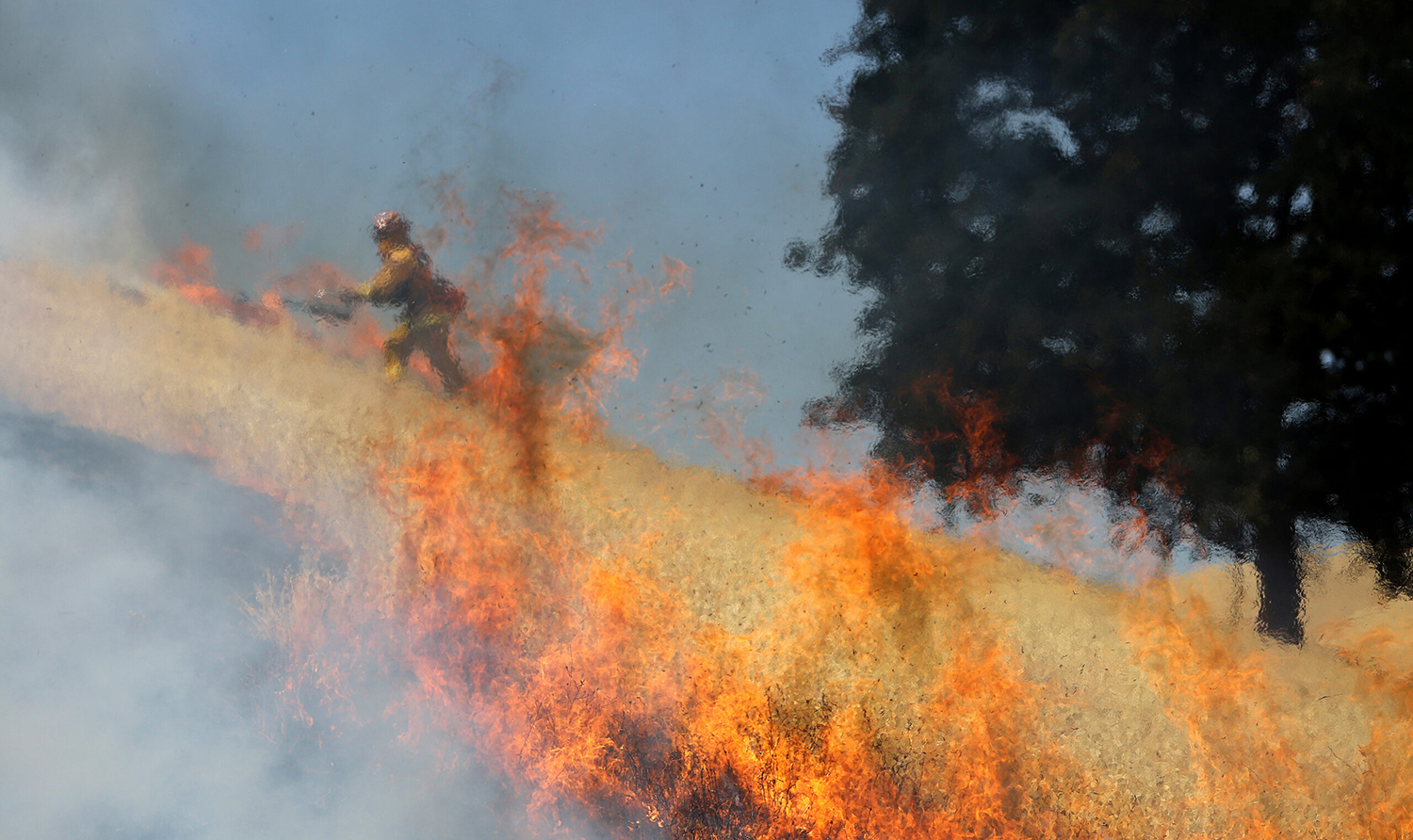
California Passes Proposition 4 – Providing $1.5 Billion for Wildfire Resilience
The approval of Prop 4 is a major advancement for California to reach goals set in the Wildfire and Forest Resilience Action Plan.
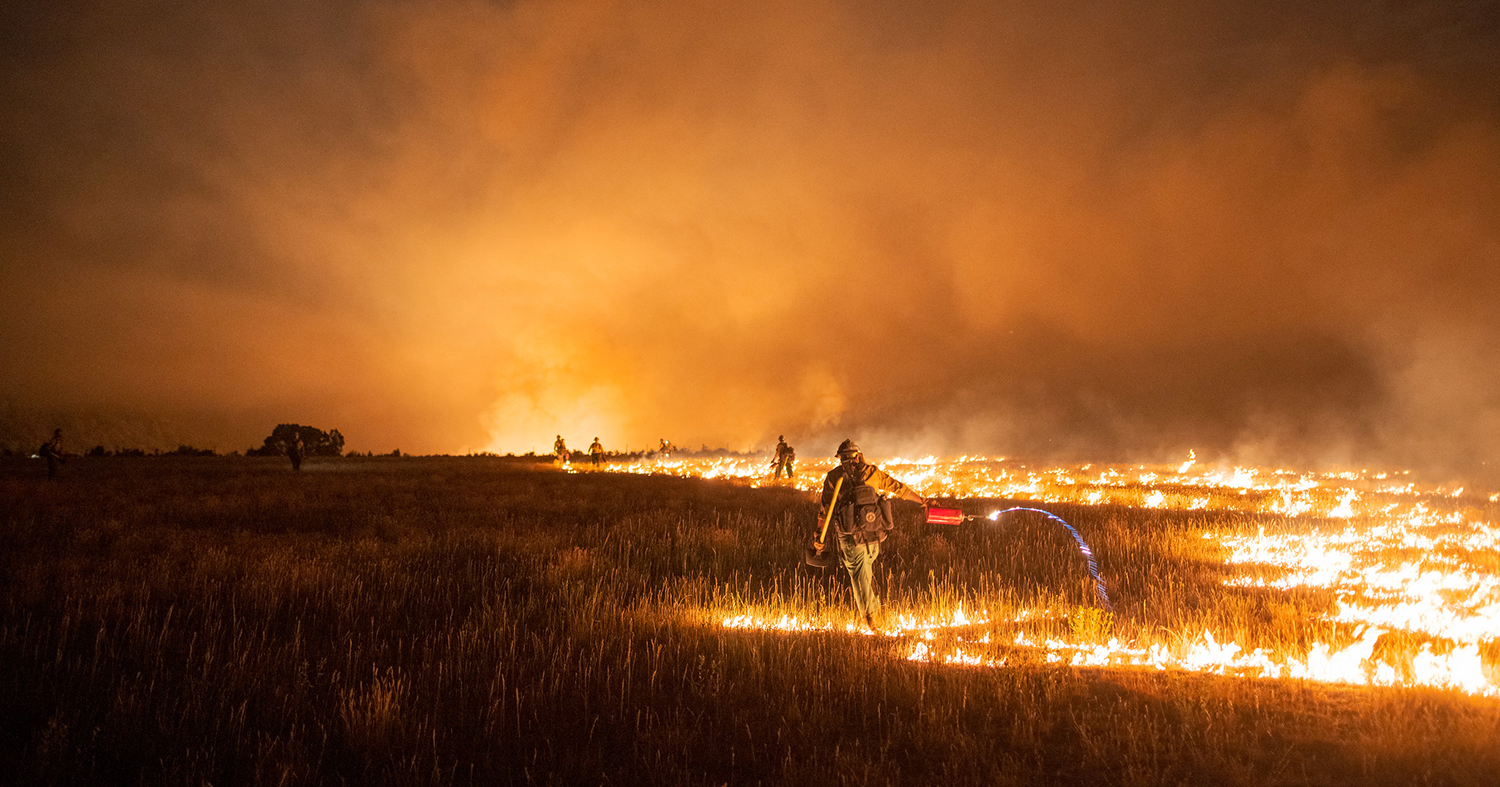
U.S. Forest Service Completes Record Setting Year for Prescribed Fire
The U.S. Forest Service successfully treated over 72,000 acres with prescribed fire in California during the 2024 fiscal year.

Leading Researchers Share Science Synthesis to Drive California’s Actions to Improve Wildfire Resilience
At the December 13 meeting in Sacramento, a panel of scientists presented new findings to guide California’s efforts to respond to increasing wildfire risks in a changing climate.
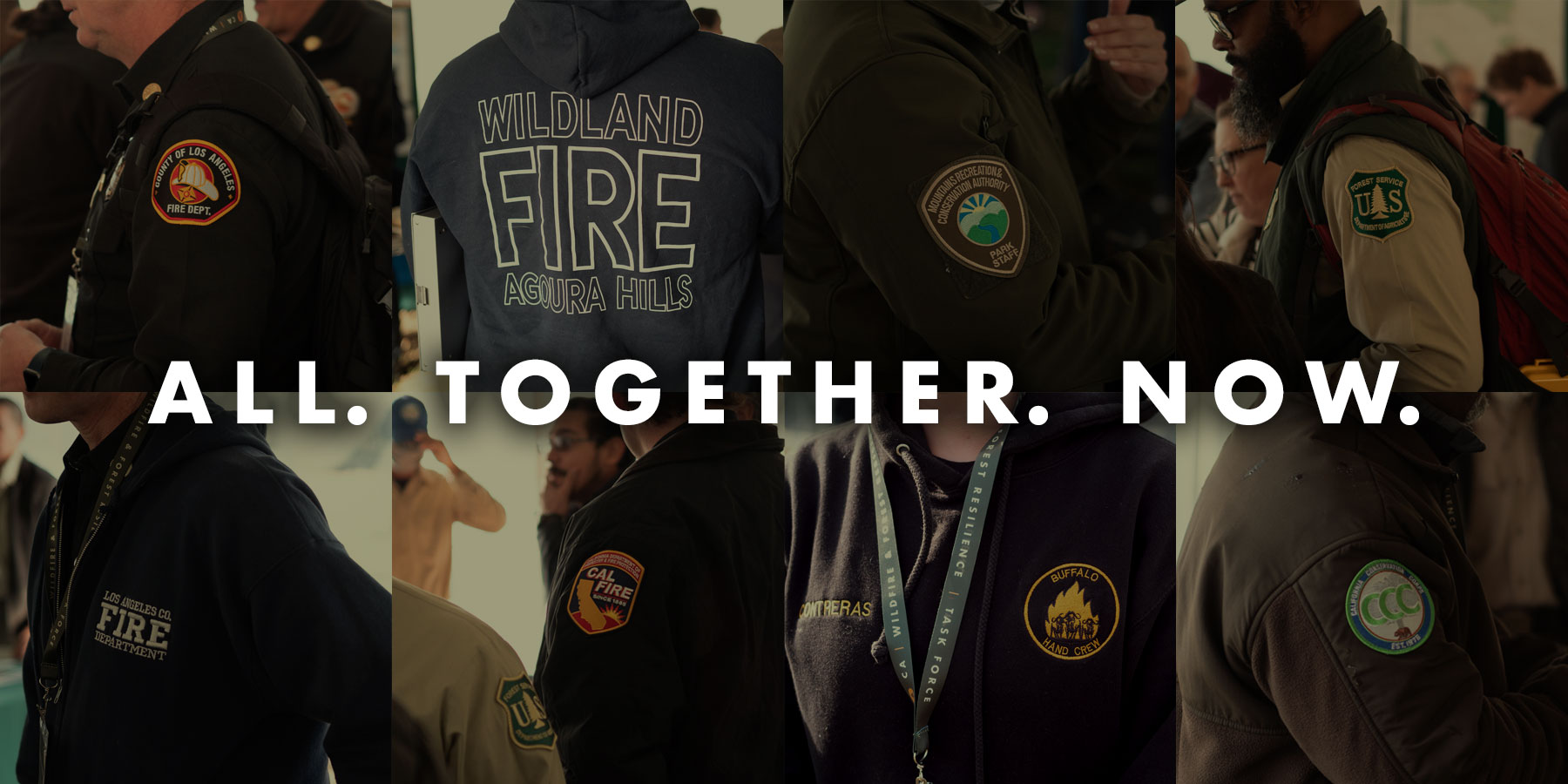
Regional Meetings in San Diego and Lake Tahoe
Two regional meeting were held in 2024, along with two more in Sacramento. Hundreds of people came away from the meetings having learned new information, and having made new connections, and inspired to make positive change.
Join Us at our Upcoming Meetings
• March 27 & 28: Marin County
• June 6: Sacramento
• September 4 & 5: TBD
• December 12: Sacramento
SPREAD THE WORD IN 2025
Promote the Task Force in Your Communications
Task Force communications provides an important source of vital information that covers the combined effort of all organizations involved in landscape resilience and the prevention of wildfires in California. Please follow and share Task Force communications when you can.
Share the Task Force E-Newsletter
Do you know someone who will appreciate getting the latest progress from the Task Force? Click below to help others stay in the know.
U.S. Forest Service Thinning Projects Protect Southern California Communities

U.S. Forest Service Thinning Projects Protect Southern California Communities
November 13, 2024 – Two of this year’s larger fires in Southern California, the Line Fire and the Bridge Fire, demonstrated how fuels treatments protect communities and natural landscapes. The Line Fire was fueled by high winds and steep terrain and quickly spread toward the community of Angelus Oaks. Luckily for firefighters defending Angelus Oaks, previous wildfire mitigation work in San Bernardino National Forest, including prescribed fire and mechanical thinning, enabled firefighters to suppress the wildfire before it was able to burn through Angelus Oaks.
A few days later, the Bridge Fire was heading toward the community of Wrightwood but first hit Forest Service fuel breaks, where trees had been thinned out five years prior. When the fire reached the fuel breaks, fire behavior altered, slowed, and allowed firefighters to contain the blazes before the fire could reach the 5,000 residents of Wrightwood. These success stories on the importance of preventive treatments build on effectiveness reporting by CAL FIRE and other Task Force partners that are doing the proactive work to protect landscapes and communities before wildfire strikes.
U.S. Forest Service Completes Record Setting Year for Prescribed Fire

U.S. Forest Service Completes Record Setting Year for Prescribed Fire
November 20, 2024 — The U.S. Forest Service successfully treated over 325,000 acres for forest health on national forests in California during the 2024 fiscal year. This includes over 72,000 acres of prescribed burning alone. The previous U.S. Forest Service record for prescribed fire was set in 2018 when 63,711 acres were treated. This marks significant progress toward the USFS target of deploying 150,000 acres of beneficial fire in California’s Strategic Plan for Expanding the Use of Beneficial Fire.
California Passes Proposition 4 — Providing $1.5 Billion for Wildfire Resilience

California Passes Proposition 4 — Providing $1.5 Billion for Wildfire Resilience
November 5, 2024 – Californians passed Proposition 4, the first-ever climate bond to go before California voters. The proposition provides $10 billion in bond funds for critical wildfire, flood protection, and other climate resilience projects around the state, including $1.5 billion for wildfire resilience. This funding will enable agencies to improve landscape health and resilience and protect communities from wildfire risks through programs such as the Regional Forest and Fire Capacity Program. The funding also includes $50 million for long-term capital infrastructure projects that utilize wildfire mitigation waste for non-combustible uses.
In addition to funding wildfire resilience, $1.2 billion will be used to protect natural lands and preserve biodiversity, with $870 million directed to the Wildlife Conservation Board to help the state to meet its goal to protect 30% of lands by 2030. The approval of Proposition 4 is a major advancement for California’s efforts to increase the pace and scale of wildfire and landscape resilience treatments, adapt to a changing climate, and reach goals set in the California’s Wildfire and Forest Resilience Action Plan.
CA State Parks and Partners Treat Over 900 Acres with Beneficial Fire
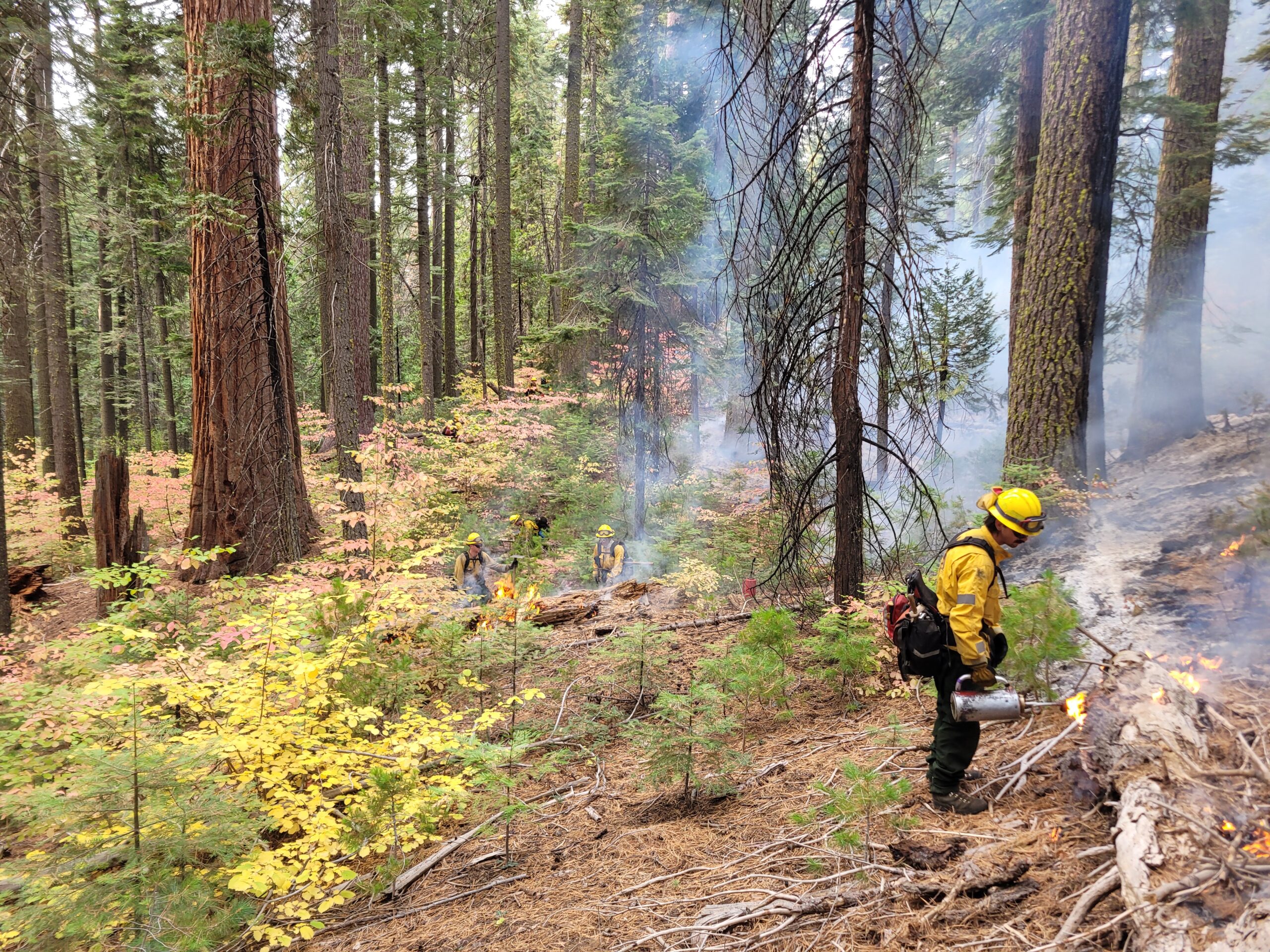
photo by: Richard Rappaport
CA State Parks and Partners Treat Over 900 Acres with Beneficial Fire
From October 29 to November 1, California State Parks with the assistance of CAL FIRE and the USFS treated 914 acres in the South Grove Natural Preserve at Calaveras Big Trees State Park with prescribed fire.
State Parks, CAL FIRE, USFS and contractors spent years organizing interagency collaboration and preparing the perimeter along with the giant sequoia trees for beneficial fire. Preparation included using mechanical treatments appropriate for State Parks Natural Preserves to remove large fuels from the surrounding fire road and using hand tools to remove large material from the base of over 700 mature giant sequoias.
The entire South Grove Natural Preserve is over 1,300 acres. Critical to giant sequoia stewardship and regeneration, State Parks will continue to be prepared to treat the remaining acres and bring fire back to the entire landscape in regular intervals. This project restores and maintains a complex forest community, promotes giant sequoia regeneration and wildfire resilience, reduces hazardous fuel loads, improves wildlife habitat, and protects park infrastructure.
SNC Awards Cultural Burning Grant to Nevada City Rancheria Nisenan Nonprofit
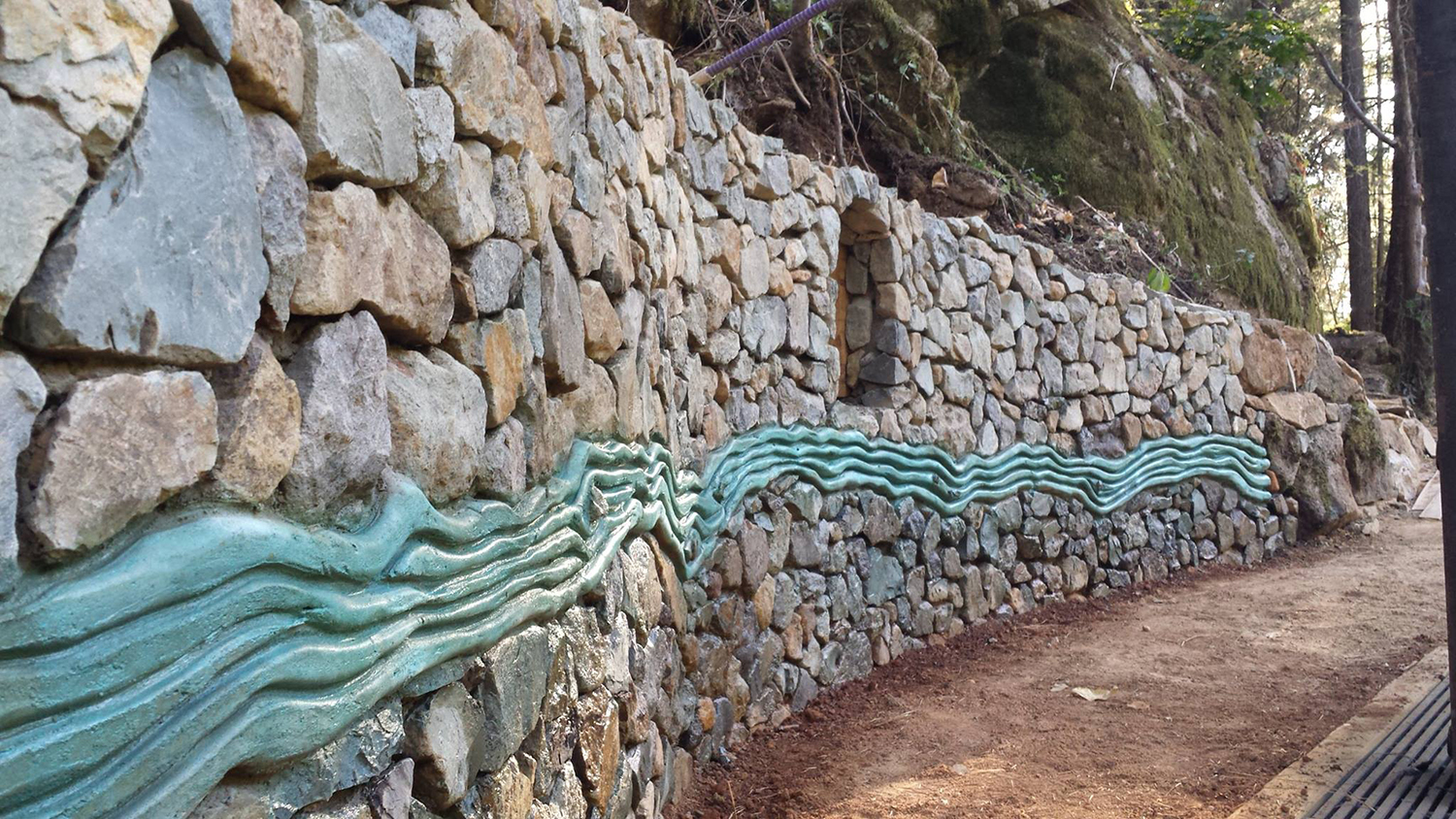
SNC Awards Cultural Burning Capacity Grant to Nevada City Rancheria Nisenan Nonprofit
August, 2024 – The Sierra Nevada Conservancy (SNC) has awarded $250,000 for the Nevada City Rancheria Nisenan Tribe to reduce hazardous fuels through cultural-burning practices and demonstration of traditional ecological knowledge forest management practices on highly visible lands in the wildland urban interface of Nevada City, CA. The funding will support partnership development, training, planning, permitting, and implementation of a cultural burn, along with replanting culturally and ecologically important plants in the restored landscape.
